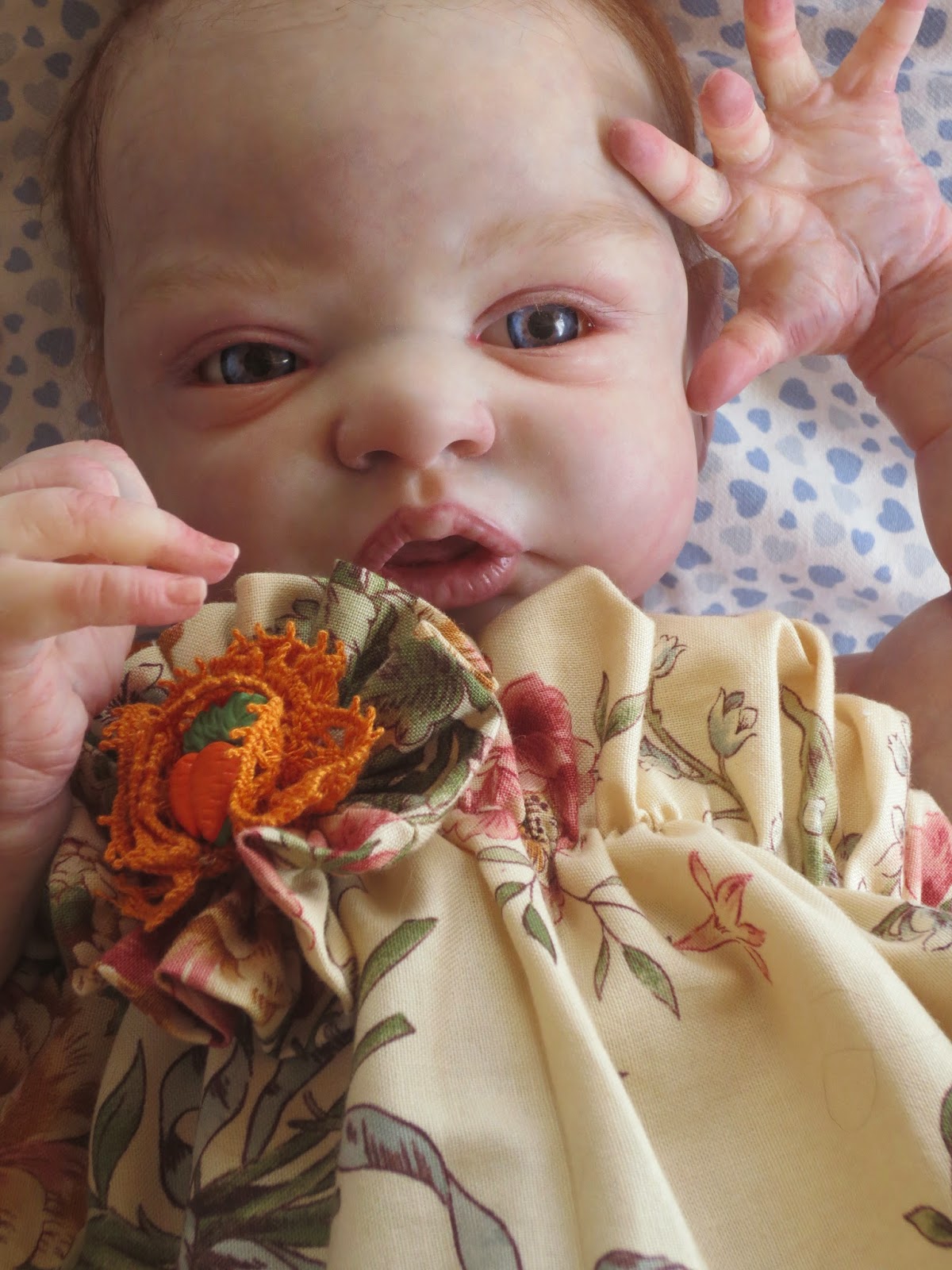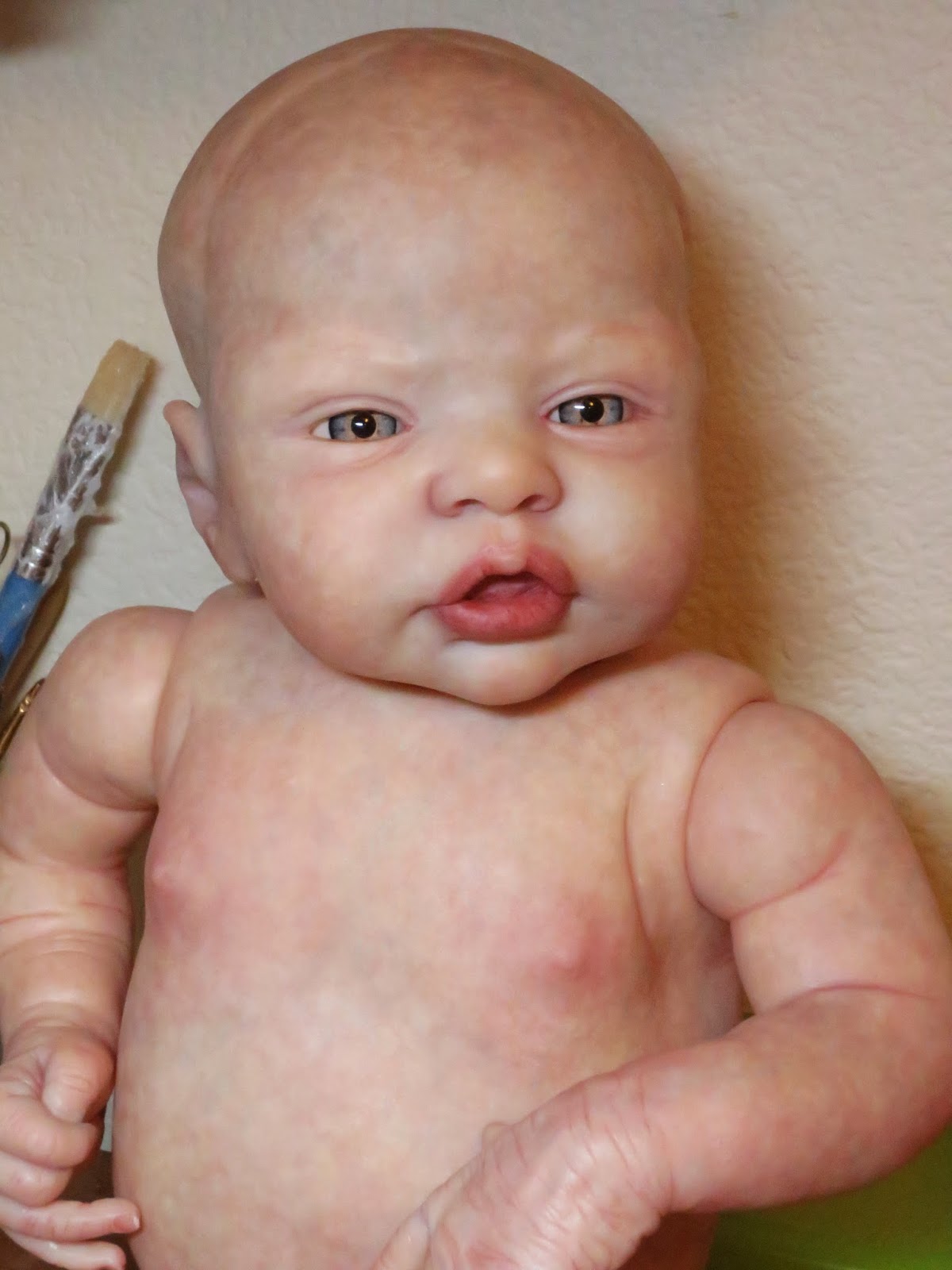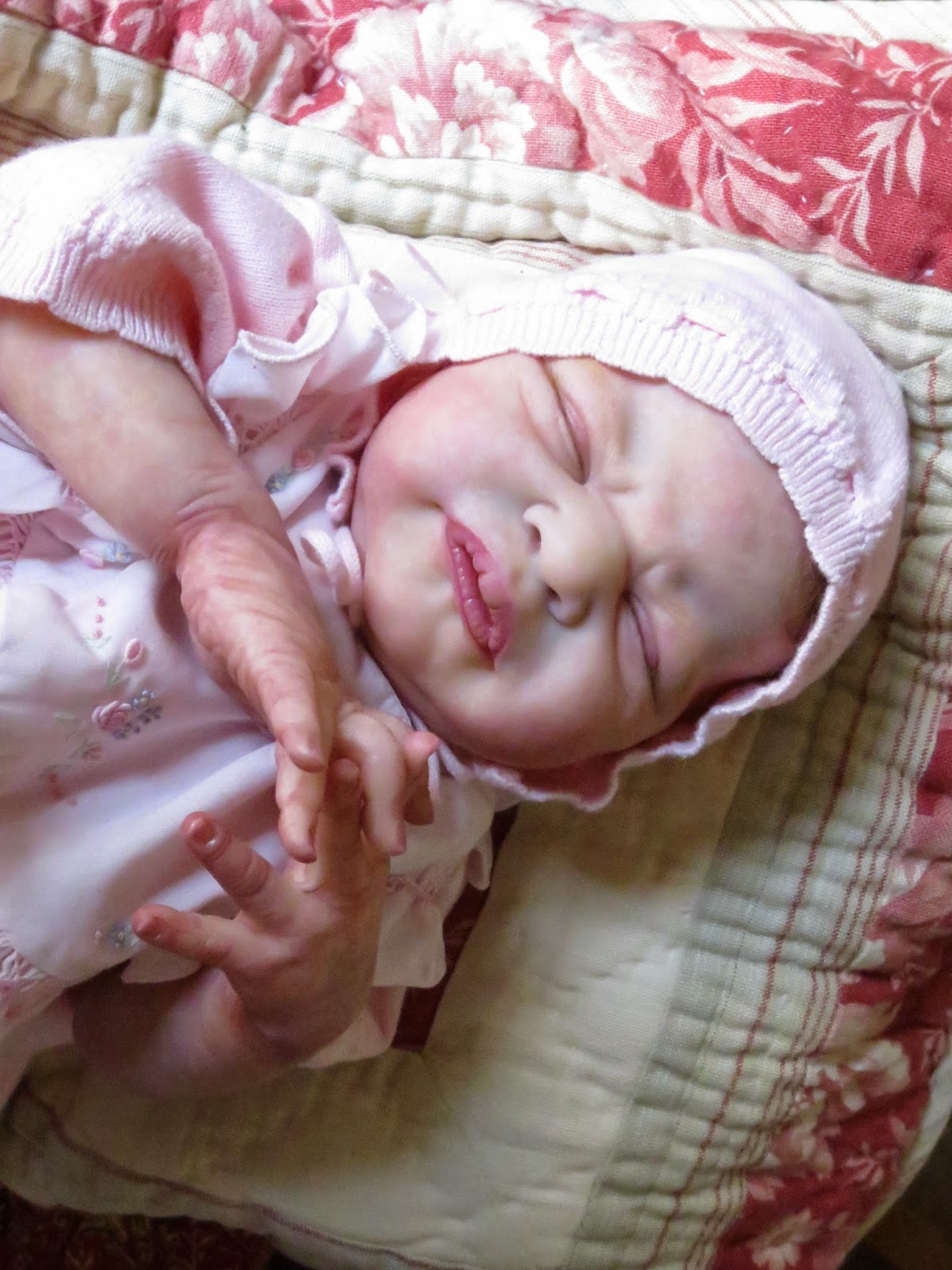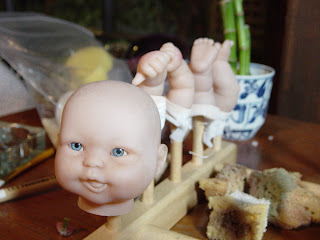It helps when you need to tweak the paint job on your work to know a little of the color theory.
Basically it's the same stuff you learned during circle time in preschool, but never knew it would come in useful some day. ;)
For who was absent that day: there are three PRIMARY colors, red yellow and blue. They are actually Magenta, Cyan yellow and Cyan blue if you want precision.
Black and white are not colors, they are light saturation. Black is total lack of light, white is total light. All the colors behave differently depending on what light they are in (also your paints do, so be careful if you paint at night!).
If you mix your primary colors you obtain your SECONDARY colors:
MAGENTA + CYAN BLUE = PURPLE
MAGENTA + CYAN YELLOW = ORANGE
CYAN BLUE + CYAN YELLOW = GREEN
Now you see that every color has one opposite. That color is called its COMPLEMENTARY (not "complimentary", nothing is free here). So red and green, blue and orange, purple and yellow.
These colors tend to neutralize themselves if mixed, that's when all this babble comes in useful for us reborn artists.
When you have a weird colored kit or your paint job doesn't come out as expected (it happens to us people who mix our own colors), you just look at a good color wheel and go for the color opposite of the one you want to correct. Here is one for your reference, but you can google "color wheel" and have your pick.
Why all this? Well let's say that yesterday a very sleep deprived reborn artist decided to set aside all the good work she'd need to do and color correct a beloved baby of hers who was rather purplish. One of those reborning jobs on BB old grey vinyl of yesteryear, who never seemed to look right no matter what. Something like this:
Then during... (Matilda wasn't actually thrilled to be photographed this way!)
Basically it's the same stuff you learned during circle time in preschool, but never knew it would come in useful some day. ;)
For who was absent that day: there are three PRIMARY colors, red yellow and blue. They are actually Magenta, Cyan yellow and Cyan blue if you want precision.
Black and white are not colors, they are light saturation. Black is total lack of light, white is total light. All the colors behave differently depending on what light they are in (also your paints do, so be careful if you paint at night!).
If you mix your primary colors you obtain your SECONDARY colors:
MAGENTA + CYAN BLUE = PURPLE
MAGENTA + CYAN YELLOW = ORANGE
CYAN BLUE + CYAN YELLOW = GREEN
Now you see that every color has one opposite. That color is called its COMPLEMENTARY (not "complimentary", nothing is free here). So red and green, blue and orange, purple and yellow.
These colors tend to neutralize themselves if mixed, that's when all this babble comes in useful for us reborn artists.
When you have a weird colored kit or your paint job doesn't come out as expected (it happens to us people who mix our own colors), you just look at a good color wheel and go for the color opposite of the one you want to correct. Here is one for your reference, but you can google "color wheel" and have your pick.
Why all this? Well let's say that yesterday a very sleep deprived reborn artist decided to set aside all the good work she'd need to do and color correct a beloved baby of hers who was rather purplish. One of those reborning jobs on BB old grey vinyl of yesteryear, who never seemed to look right no matter what. Something like this:
Then during... (Matilda wasn't actually thrilled to be photographed this way!)
... and after. Can you tell the difference?
Note to the fellow artists: you can see some of the colors I used in my plates next to Matilda, but the huge cup of tea is mandatory during this process. Being totally sleep deprived is not, but helps. ;)



















































